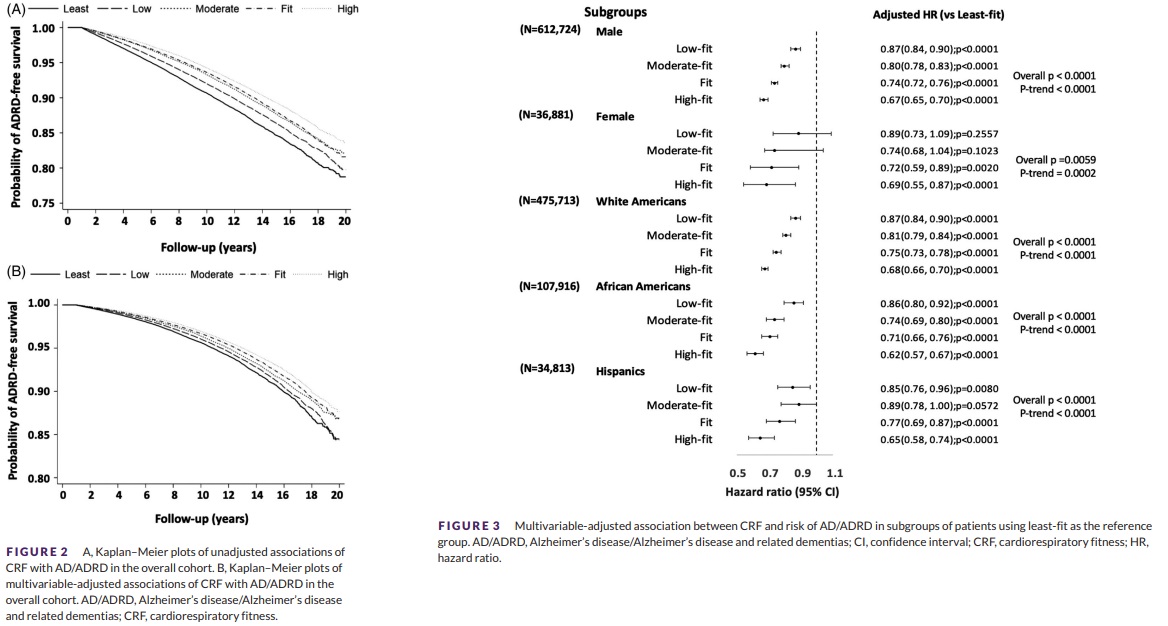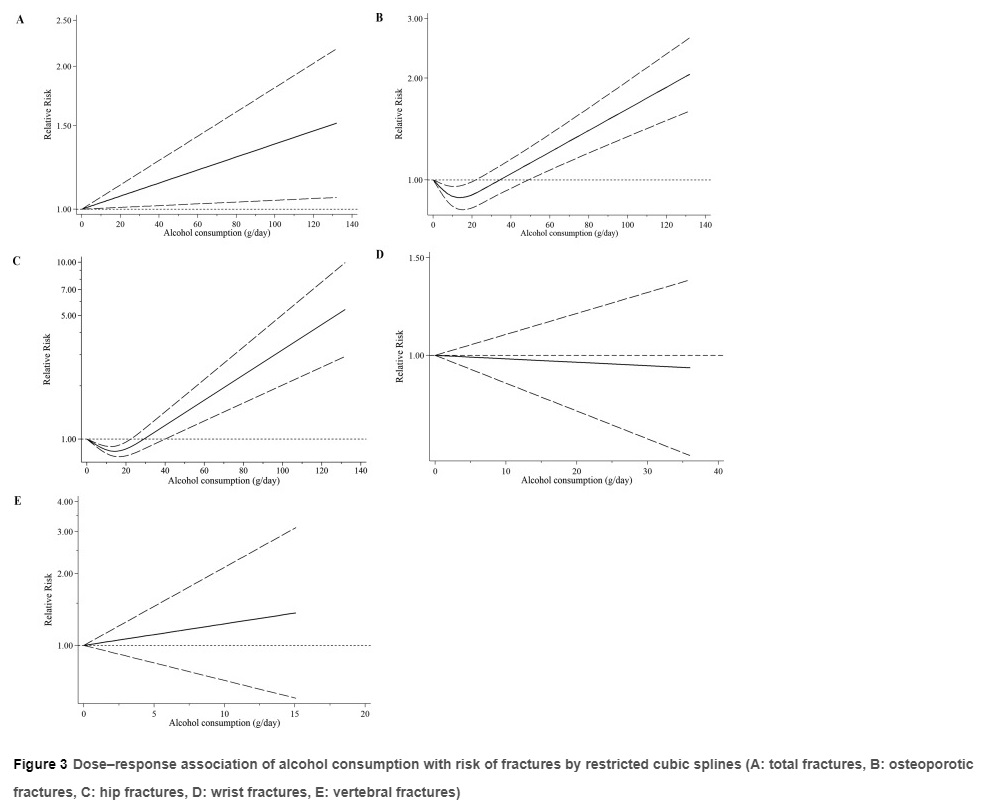
In this multiethnic cohort of US women and men free of clinical cardiovascular disease between 45 and 84 years old, consumption of avocado/guacamole was not found associated with levels of inflammatory markers.
- "Our observational study confirms results from smaller studies and clinical trials that although avocados are high in fat, consumption is not associated with increased levels of inflammatory markers...
"...High-fat diets, in general, have been linked to inflammation and a host of other diseases, but not all fatty acids have similar health effects...
"...One serving size of an avocado (i.e., 1/3 medium avocado or 50 g) contains 8 g of total fat, 1 g of polyunsaturated fatty acids, and 5 g of monounsaturated fatty acids...
"...This is consistent with other studies that used foods with similar compositions (e.g., olives and olive oil, which are rich in oleic acid)...
"...These studies further confirm the different effects that each type of fatty acid has on inflammation."
Avocado consumption and markers of inflammation: results from the Multi-Ethnic Study of Atherosclerosis (MESA) (open access)
link.springer.com/article/10.100…
#nutrition #diet #PUFAs #MUFAs #inflammation
link.springer.com/article/10.100…
#nutrition #diet #PUFAs #MUFAs #inflammation
• • •
Missing some Tweet in this thread? You can try to
force a refresh









